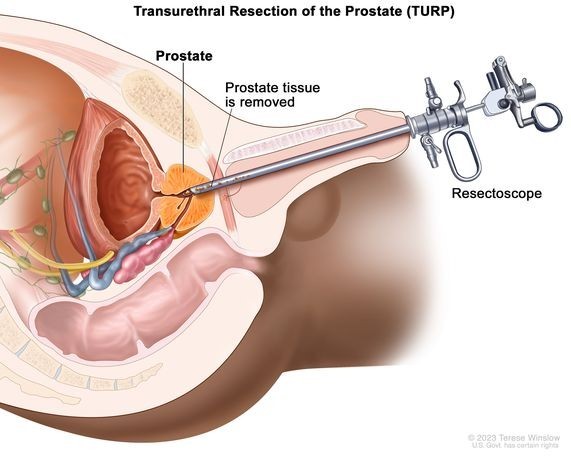A nurse is collecting data from a client who reports feeling stress. Which of the following should the nurse identify as an external stressor?
A recent move to a new city
Report feeling depressed
Lack of nutritional knowledge
Recurring urinary tract infections
The Correct Answer is A
Stressors can be categorized as external or internal. External stressors are factors or events in the environment that can cause stress.
In this case, the recent move to a new city is an external stressor because it is an event that has occurred outside of the client and is influencing their current state of stress. Moving to a new city can bring about significant changes and challenges, such as adjusting to a new environment, finding new social connections, and adapting to unfamiliar surroundings.
B. Feeling depressed is an internal stressor because it relates to the client's emotional state or mental health condition. Depression can be caused by various factors, such as biochemical imbalances, life circumstances, or genetic predispositions.
C. Lack of nutritional knowledge: This is an internal stressor because it refers to the client's lack of knowledge or awareness regarding nutrition. While the lack of nutritional knowledge can contribute to stress, it is an internal factor that can be addressed through education and learning.
D. While recurring urinary tract infections can be stressful for the client, they are considered an internal stressor because they involve a physical condition or health issue within the client's body. Addressing and managing the infections would involve medical interventions and possibly lifestyle modifications.
Nursing Test Bank
Naxlex Comprehensive Predictor Exams
Related Questions
Correct Answer is A
Explanation
This statement reflects an important recommendation for car seat safety. It is recommended to keep infants and toddlers rear-facing in their car seats until they reach the age of 2 or until they outgrow the height and weight limits specified by the car seat manufacturer. Rear-facing car seats provide better protection for the child's head, neck, and spine in the event of a crash.
"I should position the car seat's retainer clip at the level of my baby's belly button." The correct position for the retainer clip is at the armpit level. It should be positioned across the chest, resting on the bony part of the child's shoulders. Placing the retainer clip at the level of the belly button can be unsafe and may not provide proper protection.
"I should enable the airbag when my baby is in the front seat of the car." It is not recommended to place a rear-facing car seat in the front seat of a vehicle with an active airbag. The force of the airbag deployment can cause serious injuries to the child. The safest place for a rear-facing car seat is in the back seat of the vehicle.
"I should place my baby in the car seat at a 90-degree angle." The angle at which the car seat is installed depends on the specific instructions provided by the car seat manufacturer. It is important to follow the manufacturer's guidelines for proper installation. Some car seats have built-in angle indicators or adjustable recline positions to help achieve the correct angle for optimal safety.
Correct Answer is A
Explanation
Dark red urine following a transurethral resection of the prostate (TURP) can indicate active bleeding or hematoma formation. It is important to notify the provider because further assessment and intervention may be necessary to address the source of the bleeding and prevent complications.
B. Frequent urge to urinate is expected after a TURP procedure as the bladder recovers and adapts to the changes. This is not a concerning finding and does not require immediate reporting to the provider.
C. A urine output of 300 mL over 8 hours can be considered adequate, especially in the early postoperative period. The nurse should continue to monitor the client's urinary output, but this finding does not require immediate reporting.
D. Occasional small clots in the urine can be expected after a TURP procedure due to the healing process and sloughing of tissue. However, if the clots become large or obstructive, or if there is a sudden increase in the frequency of clots, it should be reported to the provider.

Whether you are a student looking to ace your exams or a practicing nurse seeking to enhance your expertise , our nursing education contents will empower you with the confidence and competence to make a difference in the lives of patients and become a respected leader in the healthcare field.
Visit Naxlex, invest in your future and unlock endless possibilities with our unparalleled nursing education contents today
Report Wrong Answer on the Current Question
Do you disagree with the answer? If yes, what is your expected answer? Explain.
Kindly be descriptive with the issue you are facing.
